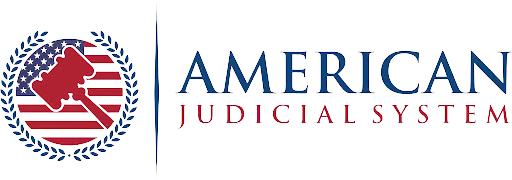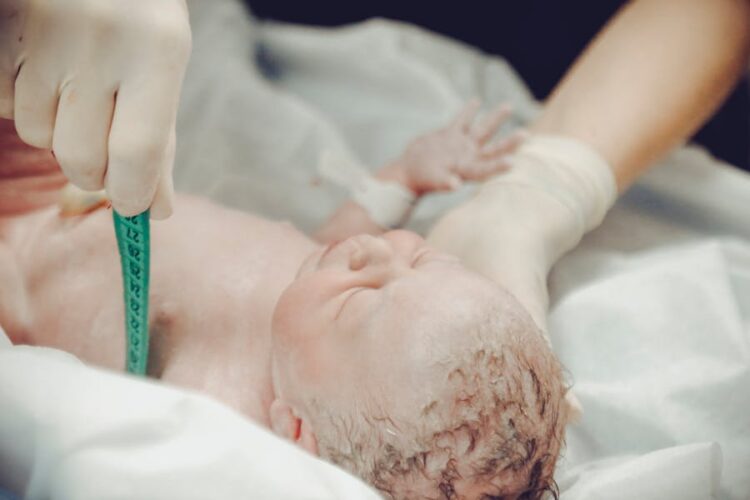Medical negligence before birth deals with any failure by healthcare providers to deliver appropriate prenatal care according to established medical standards, potentially resulting in harm to the mother or unborn child. Proving negligence presents unique legal hurdles due to the complex nature of prenatal development and the challenge of establishing direct causation. This article explores the legal landscape of prenatal medical negligence cases and the significant challenges families face when seeking justice.
Understanding Medical Negligence in Prenatal Care
What Constitutes Medical Negligence?
Prenatal medical negligence can manifest in various forms, impacting both the mother and developing fetus. Healthcare providers must maintain a high standard of care throughout pregnancy to ensure optimal outcomes. Here are some common examples of prenatal medical negligence:
- Failure to properly screen for genetic conditions using available testing methods, potentially missing crucial early interventions. This oversight can lead to missed opportunities for treatment planning and preparation for specialized care at birth.
- Prescribing medications without thoroughly reviewing their potential impact on fetal development or failing to consider safer alternatives. This negligence can result in serious birth defects or developmental issues that could have been prevented.
Who Can Be Held Liable?
When a birth injury or birth defect occurs, multiple parties may share responsibility for maintaining appropriate standards of care. Understanding potential liable parties is crucial for building a comprehensive legal case:
- Medical professionals directly involved in prenatal care bear primary responsibility for maintaining appropriate standards of care and making informed medical decisions.
- Healthcare facilities must ensure proper protocols, adequate staffing, and appropriate equipment maintenance to support quality prenatal care.
Key Legal Challenges in Proving Negligence in Prenatal Cases
Establishing a Duty of Care
The basis of any medical negligence claim lies in proving that a doctor-patient relationship existed, establishing a duty of care. In prenatal cases, this relationship extends to both the mother and unborn child, creating a dual responsibility that must be clearly demonstrated in legal proceedings.
Demonstrating a Breach of Duty
Proving that a healthcare provider’s actions fell below the accepted standard of care requires extensive documentation and expert testimony. This process becomes particularly challenging in prenatal cases due to the rapidly evolving nature of medical standards and the complexity of fetal development.
Causation and Proving Harm
Perhaps the most significant challenge in prenatal negligence cases is establishing a direct link between the healthcare provider’s actions and the resulting harm. Natural complications, genetic factors, and environmental influences can all impact fetal development, making it difficult to isolate medical negligence as the primary cause of injury.
Legal Options for Parent Seeking Justice
Parents pursuing legal actions for prenatal medical negligence must navigate a complex legal framework while adhering to strict timelines.The National Birth Defects Prevention Study together with the Center for Birth Defects Research and Prevention work together to study birth defects and provide insight for parents that are going through these issues. Success often depends on:
- Comprehensive medical documentation
- Expert witness testimony
- Clear evidence of negligence
- Proof of resulting damages
- Compliance with legal deadlines
The journey to prove medical negligence before birth required persistence, detailed documents and skilled legal representation. While the challenges are significant, successful cases can provide families with necessary compensation for ongoing care and damages.










